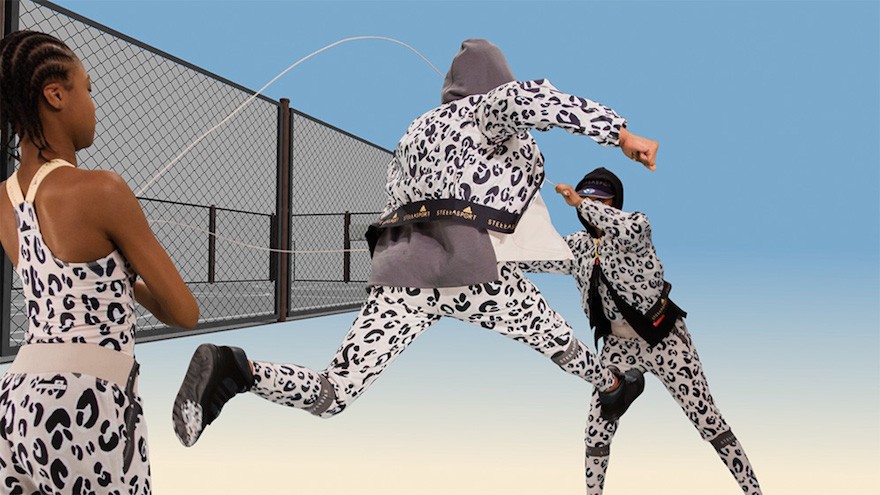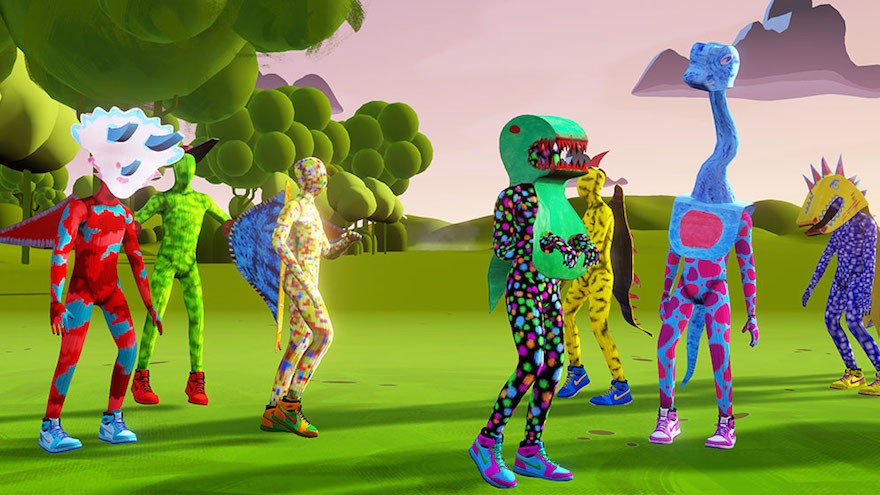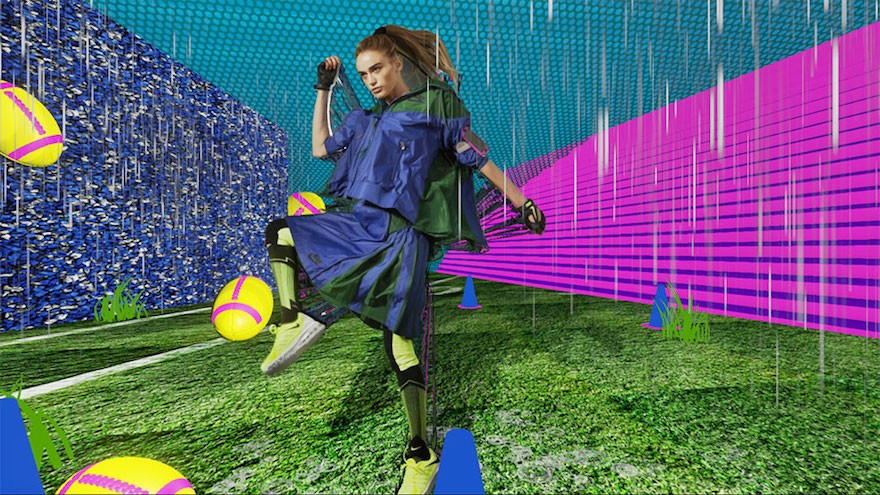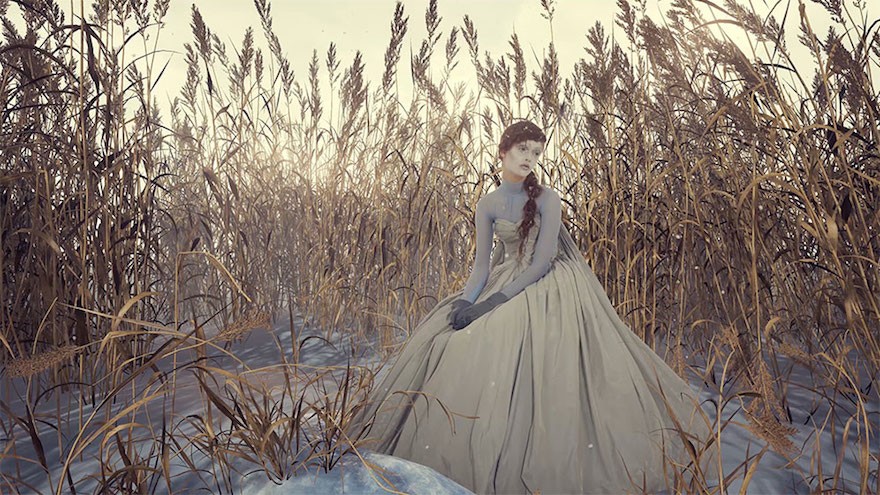Reed + Rader could be described as the mad scientists of the digital art world. The design duo experiments with the latest technologies and create virtual worlds that blur the line of reality. Pamela Reed and Matthew Rader met at art school in Pennsylvania and moved to New York to get on board with the digital art movement that was just starting to take off. It’s a good thing they did because today the couple has created hybrid simulated experiences for a host of big names such as Adidas, Stella McCartney, MasterCard, and MTV.
The American designers are infamous multitaskers and their range of work includes everything from psychedelic GIF-art and 360-degree videos to augmented realities and virtual experiences. The duo takes a “more is more” approach to their work and combines both digital and analogue elements in order to build their signature brand of immersive and textured realities.
Here, we ask the digital artists a few questions about AR (Augmented Reality), VR (Virtual Reality) and keeping up with the digital tsunami.
When you started out in the world of digital art, did you know what you were doing?
Haha, not at all and we still don’t. That’s what makes things exciting. Neither of us grew up surrounded by art so we’ve had to figure things out together and build things from the ground up.
Why the transition from analogue to digital?
We grew up with the Internet and video games so the transition to “digital” made sense to us. Digital offers a lot more possibilities to expand the world of photography with GIFs, video, interactive, virtual reality, etc.
How do you stay ahead of the digital tsunami?
Almost to a fault, we are always exploring the latest and greatest tech. A decade ago it was GIFs then web video and now it’s VR.
You’ve worked with big brands. In your opinion, how are brands approaching AR as a tool for marketing?
Right now it’s like the Wild West with VR and AR. There are no rules and no one is quite sure how to approach these technologies with their crowd yet. Everyone is still learning. We personally try to push clients to use these new technologies in an immersive way to experience something that a regular video or web content can’t show.
How important is ‘play’ in your medium of design?
Play is important in everything – not just in design. If we aren’t having fun and being playful then we shouldn’t be doing it. We’ve been fortunate in our career to be able to have a lot of fun.
Have you or will you consider moving into AR film as a participatory storytelling space?
Definitely, we think that’s the future. We imagine every modern day film will eventually be a VR experience where the audience has more control of what they see on the screen.
You combine multiple mediums and elements in your work – what do you think this adds to the end product?
For us, it makes the most sense to combine multiple mediums in our work since we have so many interests. In today’s world, so many of us are multitaskers and have interests in different styles of artwork, so for us, we like to combine them all to create our style.
How are AR and VR changing the way we experience content?
As artists, it’s a lot more to think about. Before we only had to think about what the viewer saw directly in front of them, but now we have to worry about a 360 view – behind them, to the sides, above and below. We also have to worry about triggering our films to make sure the user is experiencing the specific content we want them to see at the exact moment. For the viewer, now they have a lot more to view. Is it sensory overload? We’re not sure yet. We think the goal of VR filmmakers is to create something stimulating and takes advantage of the medium in a way that makes sense.
Which projects are you most proud of and why?
Brave New World because it was one of the first projects that we completely wrapped our arms around using the Unreal Engine to make a realistic environment that we could populate with our kooky characters.
Dubstep Dinosaurs 3D because of dinosaurs and it’s always good when the sequel is better than the original. It was a pretty ground breaking project for us at the time, moving from Unreal Engine 3 to 4 and doing motion capture for the dancing dinosaur characters.
MTV VMAs because it was a perfect collaboration and we were able to go wild and have fun. For years, we’ve wanted to have a video of someone riding a cat like Falcor in The Neverending Story and we finally made it happen and Miley looks fairly epic doing it.
What do you think the future holds for VR?
VR is the final medium. It’s already a complete sensory experience but once graphics become photorealistic the barrier between realities is going to disappear. The rectangle that you look at on the wall is going to disappear.










